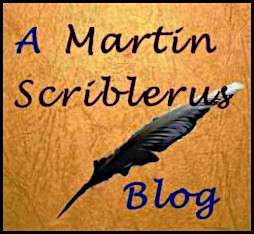Ironing a pile of shirts on a Saturday morning provides an opportunity to dip into the BBC Sounds App. The selection of past programmes and podcasts is sometimes too vast, there is too much choice. Time that could have been spent listening to inimitable BBC productions is sometimes wasted just scrolling through the options available.
A Simon Armitage podcast from mid-May seemed a good choice. The Covid-19 lockdown had left the poet laureate sat alone in his shed on a spring night. Working on a medieval text about an owl and a nightingale, he had gone to the shed in the hope of hearing the hoot of an owl on the cool air. (Apparently, Huddersfield is too far north for him to have hoped to hear a nightingale).
Simon Armitage talked about the I Spy series of books from the 1960s. The I Spy books were boon to those who were collectors by disposition. They took the principle of trainspotting into many other fields. Simon Armitage had the I Spy book of birds, in which sighting a tawny owl would score the spotter twenty-five points whilst the sight of a nightingale scored a mere twenty points.
His copy of the I Spy bird book, in full colour, had cost just one shilling. If it had been just a case of spotting birds for my own contentment, I would have thought it an excellent way of spending a shilling. However, if it had been a competition with some of the boys I knew, it would have been a pointless exercise – some of them told lies. If the book had included flamingos, ostriches and kiwis, I have no doubt these would have been among the birds that some of the boys would have claimed to have spotted in the depths of the English West Country.
I remember an outing from our school in Devon in 1976. I know it was 1976 because we went to Heathrow Airport to see Concorde take off on one of its commercial flights. I could probably find a precise date, because we then went to Windsor and found ourselves among the crowd that had gathered to watch the procession to Saint George’s Chapel for the installation of the recently retired prime minister Harold Wilson as a Knight of the Garter.
From where we stood, we could just glimpse through an archway that led into the castle yard and for a very fleeting moment we saw the Queen in an open carriage. It was a moment that lasted no more than a second or two. Listening to the boys afterwards, it was hard to imagine that we had not been standing beside the carriage chatting with Her Majesty.
Later that day, on the return journey, a teacher asked me what I had saw. I described the momentary glimpse. “That I saw, as well,” she said, “boys tell such lies.”
How could you have competed in I Spy with boys who had stood with the Queen?

